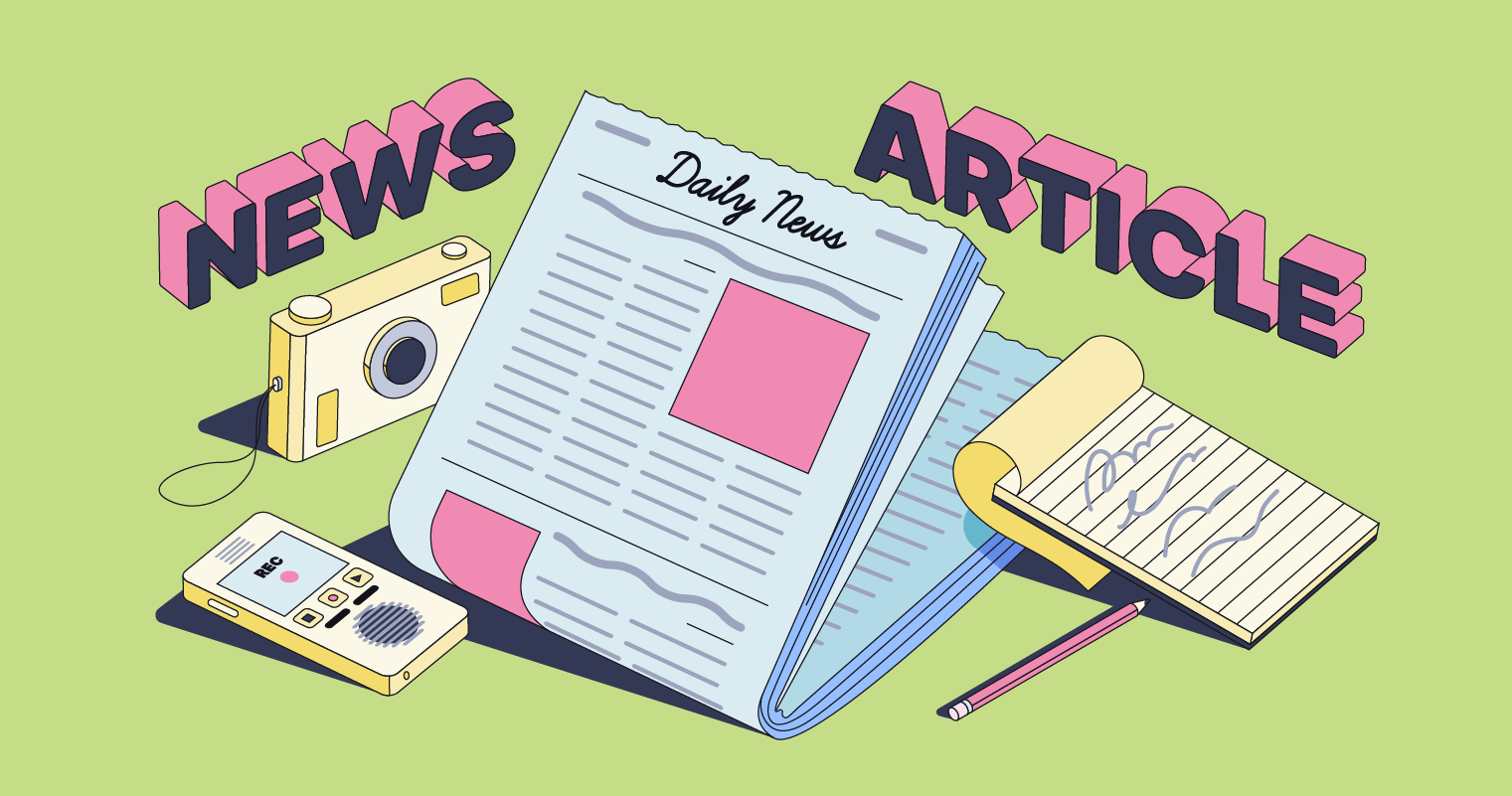See This Report about News Articles
See This Report about News Articles
Blog Article
Examine This Report about News Articles
Table of Contents6 Easy Facts About News Articles ShownUnknown Facts About News ArticlesNews Articles - QuestionsNews Articles Can Be Fun For EveryoneSome Known Incorrect Statements About News Articles
Good knowledge of various subjects provides trainees a competitive edge over their peers. Despite the fact that digital and social media sites are readily obtainable, we ought to not fail to remember how vital it is to read the newspapers. Parents need to try and instill the habit of reviewing a paper as a daily regimen to proceed the legacy of the adored print tool.Information tales additionally contain at least one of the complying with vital characteristics relative to the desired target market: closeness, prestige, timeliness, human passion, anomaly, or consequence.
Within these limitations, newspaper article additionally intend to be extensive. Various other aspects are involved, some stylistic and some obtained from the media form. Among the bigger and a lot more highly regarded newspapers, justness and balance is a significant consider offering info. Commentary is usually confined to a separate section, though each paper may have a various overall slant.
Newspapers with a worldwide target market, for instance, have a tendency to make use of a much more official style of composing. News Articles.; typical style overviews consist of the and the United States Information Style Book.
7 Easy Facts About News Articles Explained
As a regulation, journalists will not use a lengthy word when a short one will certainly do. They use subject-verb-object construction and vibrant, energetic prose (see Grammar). They provide stories, examples and metaphors, and they rarely rely on generalizations or abstract ideas. News writers try to prevent making use of the very same word more than as soon as in a paragraph (often called an "resemble" or "word mirror").
Nonetheless, headings sometimes omit the subject (e.g., "Jumps From Watercraft, Catches in Wheel") or verb (e.g., "Cat lady fortunate"). A subhead (likewise subhed, sub-headline, subheading, caption, deck or dek) can be either a subordinate title under the main heading, or the heading of a subsection of the write-up. It is a heading that precedes the major message, or a group of paragraphs of the major message.

Extra signboards of any of these types may show up later in the write-up (especially on succeeding web pages) to attract further analysis. Such signboards are additionally made use of as reminders to the write-up in other areas of the publication or site, or as promotions for the piece in various other publication or websites. Normal framework with title, lead paragraph (summary in bold), various other paragraphs (information) and contact information.

Example of a hard-lead paragraph NASA is proposing another area project. The budget plan requests approximately $10 billion for the job.
The NASA news came as the firm requested $10 billion of appropriations for the task. An "off-lead" is the second crucial front page information of the day. The off-lead shows up either in the leading left edge, or directly listed below the lead on the right. To "bury the lead" is to begin the short article with history info or information of second relevance to the viewers, requiring them to learn more deeply right into a short article than they must need to in order to uncover the vital factors.
Unknown Facts About News Articles
Typical usage is that a person or more sentences each form their own paragraph. Reporters normally describe the organization or structure of a news tale as an upside down pyramid. The vital and most fascinating elements of a story are put at the beginning, with sustaining details following in order of decreasing value.
It enables individuals to explore a topic to just the deepness that their curiosity takes them, and without the imposition of details or nuances that they can consider pointless, yet still making that info available to much more interested visitors. The inverted pyramid structure likewise enables posts to be trimmed to any approximate size during layout, to fit in the area available.
Some authors begin their stories with the "1-2-3 lead", yet there are many sort of lead offered. This format inevitably starts with a "5 Ws" opening up paragraph (as described over), complied with by an indirect quote that serves to sustain a major aspect of the very first paragraph, and then a straight quote to support the indirect quote. [] A kicker can describe multiple things: The last story in the information program; a "satisfied" story to end the program.
Longer articles, such as publication cover articles and the pieces that lead the within areas of a newspaper, are known as. Feature tales vary from straight news in several methods.
Some Known Facts About News Articles.
The reporter frequently details communications with interview subjects, making the piece much try these out more individual. A feature's very first paragraphs commonly connect an appealing minute or event, as in an "unscientific lead". From the particulars of an individual or episode, its sight promptly broadens to generalizations regarding the tale's topic. The area that signals what a feature is about is called the or billboard.

The Editor's Toolbox: A Referral Guide for Beginners and Professionals (2001) Allan M. Siegal and William G. Connolly. The New York Times Guidebook of Style and Use: The Authorities Style Guide Made Use Of by the Writers and Editors of the World's her explanation Many Reliable Paper (2002) M. L. Stein, Susan Paterno, and R.
Report this page